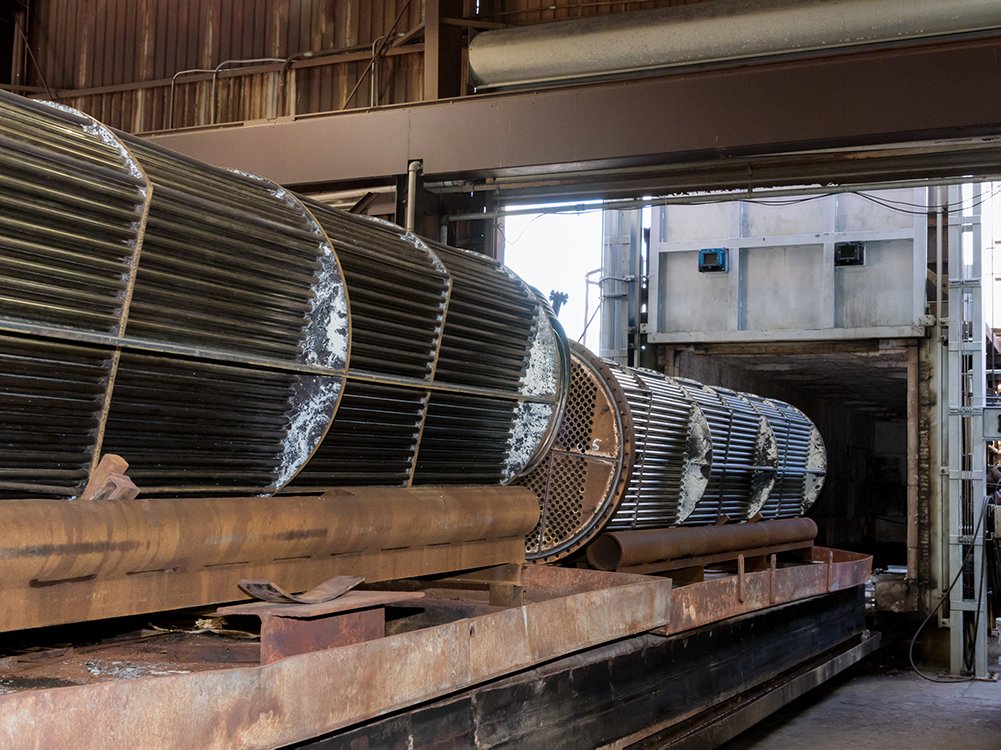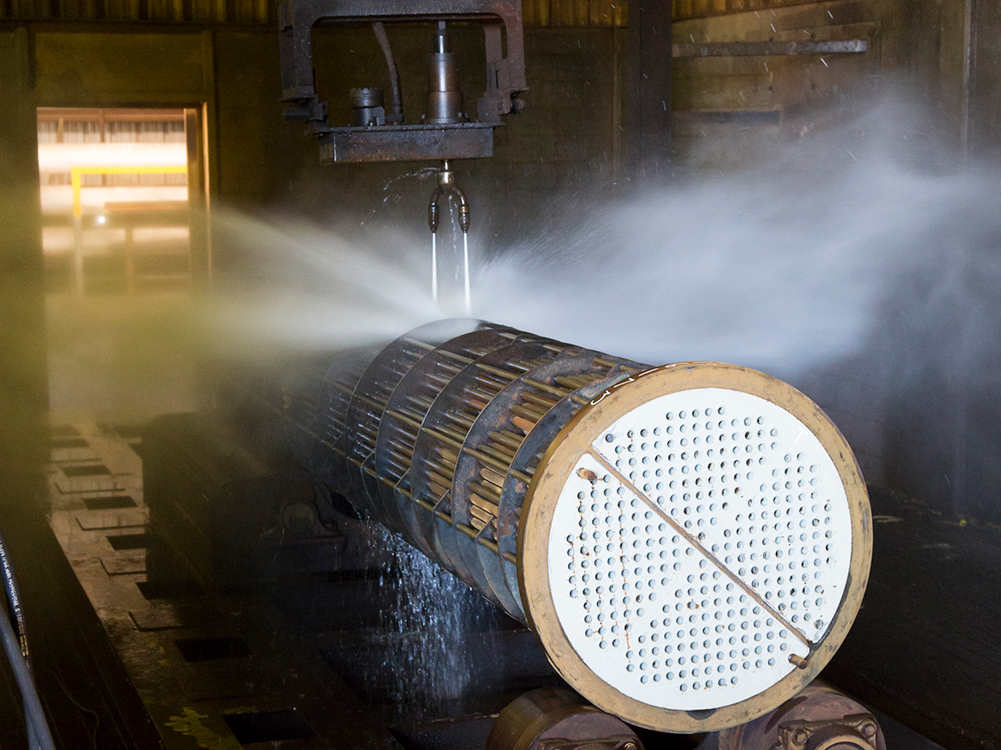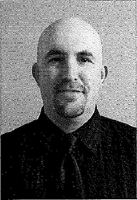
How To Effectively And Efficiently Clean Heat Exchangers, Part 3
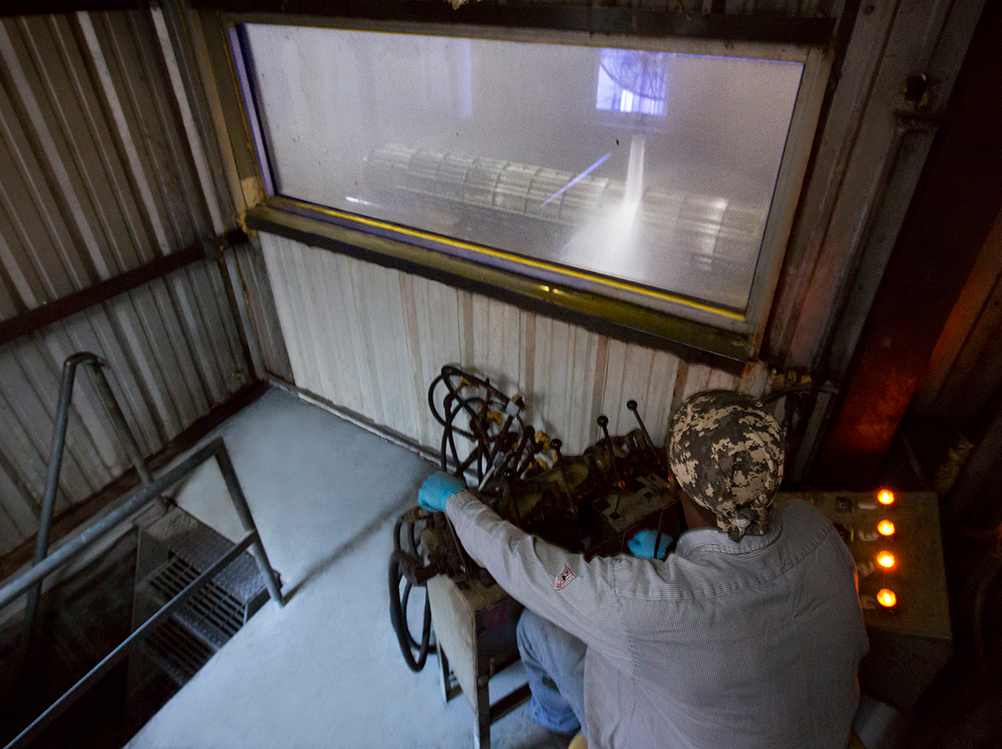
Introduction
Heat exchangers operating in refineries or petrochemical plants must be thoroughly cleaned and inspected throughout their operational lifetime to ensure safe and efficient and safe operations. These routine procedures are necessary because the equipment comes into contact with various feedstocks, process chemicals, and cooling water that will develop exchanger foulants over time.
These foulants can adhere to the walls of the equipment’s tubes and pipes, as well as inside various valves and flanges, thus causing the exchanger to reduce heat transfer. Over time, these foulants will be compounded, which dramatically changes the flow rates of fluid through the exchanger and causes a loss of efficiency, and increases the risk of unsafe operations. Moreover, deposits from fouling can cause hot-spots and corrosion conditions that lead to premature equipment failure.
To avoid such results, operators must periodically remove the buildup of foulants that coat the tubes before they reduce and limit operational efficiencies. This procedure must be done carefully to avoid damage to equipment components, and more importantly, to prevent injury to cleaning personnel.
This article is Part III of a three-part series that explores the various methods, benefits, challenges, solutions and safety methods to safely, efficiently, and effectively clean heat exchangers, both in the field “onsite” and off-site.
In Part I we discussed the importance and various benefits of optimal cleaning, and whether heat exchangers should be cleaned on or off-site. In Part II we discussed several different methods of cleaning heat exchangers. Now, in Part III, we will address specific safety issues related to proper heat exchanger cleaning.
"Off-site cleaning typically involves an automated overhead unit that is stationary and controlled by an operator... in an enclosed room during the entire process, providing the best in safety and environmental protection."
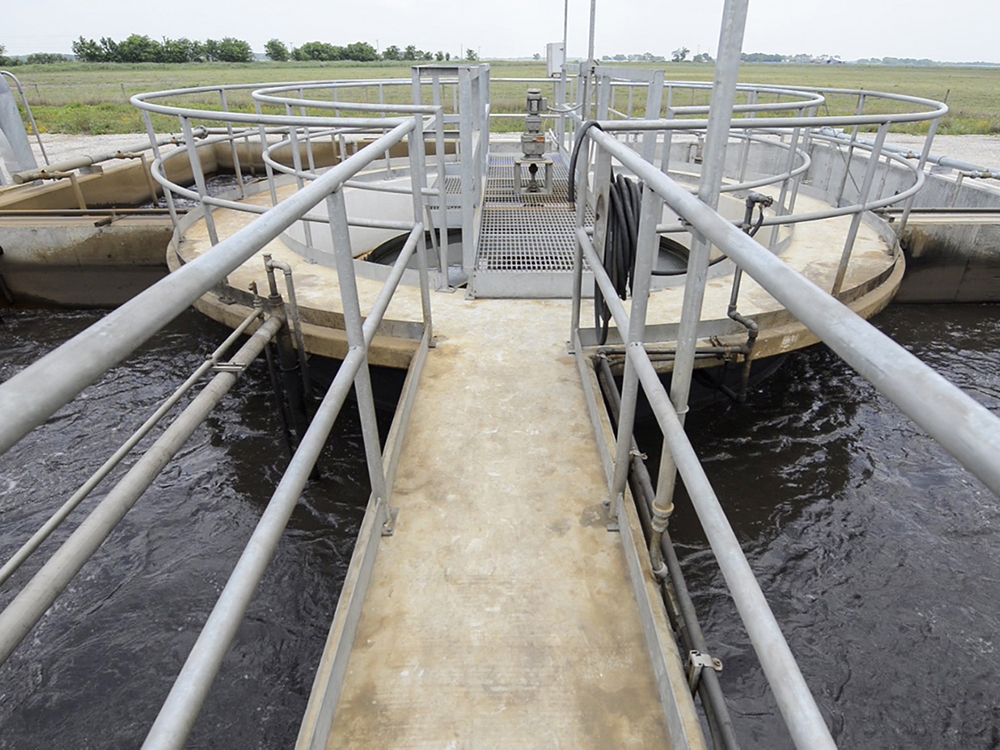
Hands-Free Automated Equipment
Third-party service providers can use automated equipment for both on and off-site cleaning to reduce the safety and environmental risks associated with high-pressure cleaning. Manual cleaning methods dramatically increase the likelihood of high-pressure injuries and chemical exposures, particularly for the operator. Participating personnel become vulnerable to high-cut hazards, operator fatigue due to the added discomfort of wearing PPE (Personal Protective Equipment), and the risks that come with holding high-pressure handheld equipment for extended periods of time.
While the use of automated equipment can eliminate many dangers, the issue of aerosol drift can still present itself, especially when using onsite cleaning methods. The air disturbance occurs when high-pressure water and foulant residue mix with the surrounding air, creating harmful conditions. Unprotected personnel who are situated downwind from the operation are subject to injury and exposure, even when they are beyond the barricade tape. Operating in an enclosed environment, such as an off-site cleaning bay, is the only way to guarantee the maximum protection from this potential threat.
An additional challenge that comes with onsite automated cleaning methods is that the equipment is not secured or fixed in nature. When the technician is operating mobile equipment, he or she runs the risk of bumping into equipment or personnel, running over high-pressure hoses, and experiencing reduced visibility. Overall, in onsite cleaning, there is a much greater opportunity for high-cut hazards, health and safety risks, chemical exposure, and respiratory problems.
Site Cleanup and Waste Disposal
Waste disposal can also be more complicated in onsite cleaning because it may be difficult to contain. In these situations, there would now be the added burden of treating the waste water, collecting the solid waste in the surrounding area, and decontaminating the mobile cleaning equipment before leaving the plant. The EPA (Environmental Protection Agency) specifically regulates compliance during the disposal of this cleaning waste, and personnel must be properly trained and certified.
Compared to onsite cleaning methods, off-site cleaning facilities make it easier to keep all of the material and aerosol contained. The technician is situated and working in a control booth, providing limited exposure to the physical hazards or the chemical hazards associated with the manual or onsite cleaning process. Another benefit of off-site methods is that inspections and any repairs can all be done under one roof. Off-site cleaning is a turnkey operation, so there is no need to call in additional contractors or send the equipment out to a shop.
Waste Liability
When product residue is contained within the heat exchangers, it is not considered to be waste material, but rather a refining or petrochemical product. The material only becomes a waste product once it is cleaned from the equipment. Additionally, during onsite cleaning, the safety and environmental liability rests squarely on the plant. During off-site cleaning, the responsibility normally lies on the third-party service provider.
Conclusion
Although many situations call for onsite cleaning, off-site cleaning is generally safer and more efficient. Onsite cleaning can be a high risk occupation due to the dangers of using a manual high-pressure water cleaning method and the uncontrolled aerosol drifts that are produced. Fortunately, refinery and petrochemical plant operators have an alternative to employing technical personnel to clean heat exchangers on site. Using off-site cleaning service providers can lesson liability exposures, save time and money, and can often clean equipment more efficiently.
In Part I of this series, the author discussed the importance and various benefits of optimal cleaning. In Part II the author discussed several different methods of cleaning heat exchangers.
This article appeared in the January/February 2016 issue of Inspectioneering Journal
Author

Related Articles
February 28th, 2018
Thermal Decomposition: A Technique for Cleaning Process Equipment
October 28th, 2015
